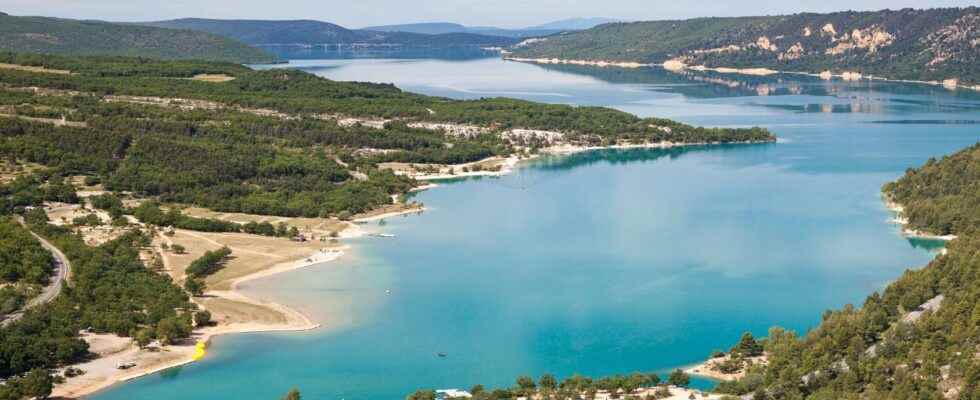Covering about three quarters of the Earth’s surface, water, a priori, is not lacking on our planet. Unfortunately, most of this water is salty and cannot be directly exploited by humans. What exactly about fresh water?
You will also be interested
[EN VIDÉO] An incredible process for transporting fresh water by sea Some regions of our planet have a lot of fresh water while others lack it. To overcome this problem, Spanish researchers have developed a strange solution: a pocket allowing water to be transported easily and efficiently by sea. Discover it thanks to the Euronews channel, in this new episode of Futuris.
Remember that we name pure water – as opposed to sea water -, water whose salinity is low and therefore likely to be suitable for consumption. Fresh water is water from rivers, lakes, rains, etc.
the volume total water on Earth is estimated at some 1.4 trillion cubic meters. A relatively stable volume over time.
What is the percentage of fresh water?
On Earth, 97.5% of the water is salty and contained in the oceans. Only 2.5% are frompure water, or about 35.2 million billion cubic meters.
On this amount of water:
- 68.7% are found in glaciers;
- 30.1% in groundwater;
- 0.8% in the permafrost ;
- 0.4% on the surface and in theatmosphere.
Ultimately, less than 1% of the water on Earth is fresh water and liquid.
the Baikal lake, with its 23,000 billion cubic meters of water, is the largest reservoir of fresh water liquid of the surface of the planet. It is classified as World Heritage of Humanity for the richness of the wildlife that it houses.
The uneven distribution of fresh water on Earth
On the surface of the Globe, water is distributed very unevenly. The United Nations calls the nine countries “water power” – namely: Brazil, Colombia, Russia, India, Canada, United States, Indonesia, Congo and China – which accounts for 60% of debitWorld Water Annual. And inequalities can even appear within a country. Thus India, for example, presents desert regions and others which are regularly inundated by the monsoon.
Water war
Climatic risks and natural disasters can be at the origin of a scarcity and / or a water pollution gentle. Human activities – domestic, agricultural or industrial discharges, diversion of watercourses, etc. – can also impact water resources. However, a man cannot survive more than three days without water. And the resource is essential for hygiene.
When the water resource is insufficient to meet human activities and the needs of the environment – that is to say, below 1,700 cubic meters per person per year – we speak of water stress. And a UN report published in 2015 pointed to the close link between scarcity and poor management of water, and the emergence of tensions and conflicts around the world.
Interested in what you just read?
.
fs12
